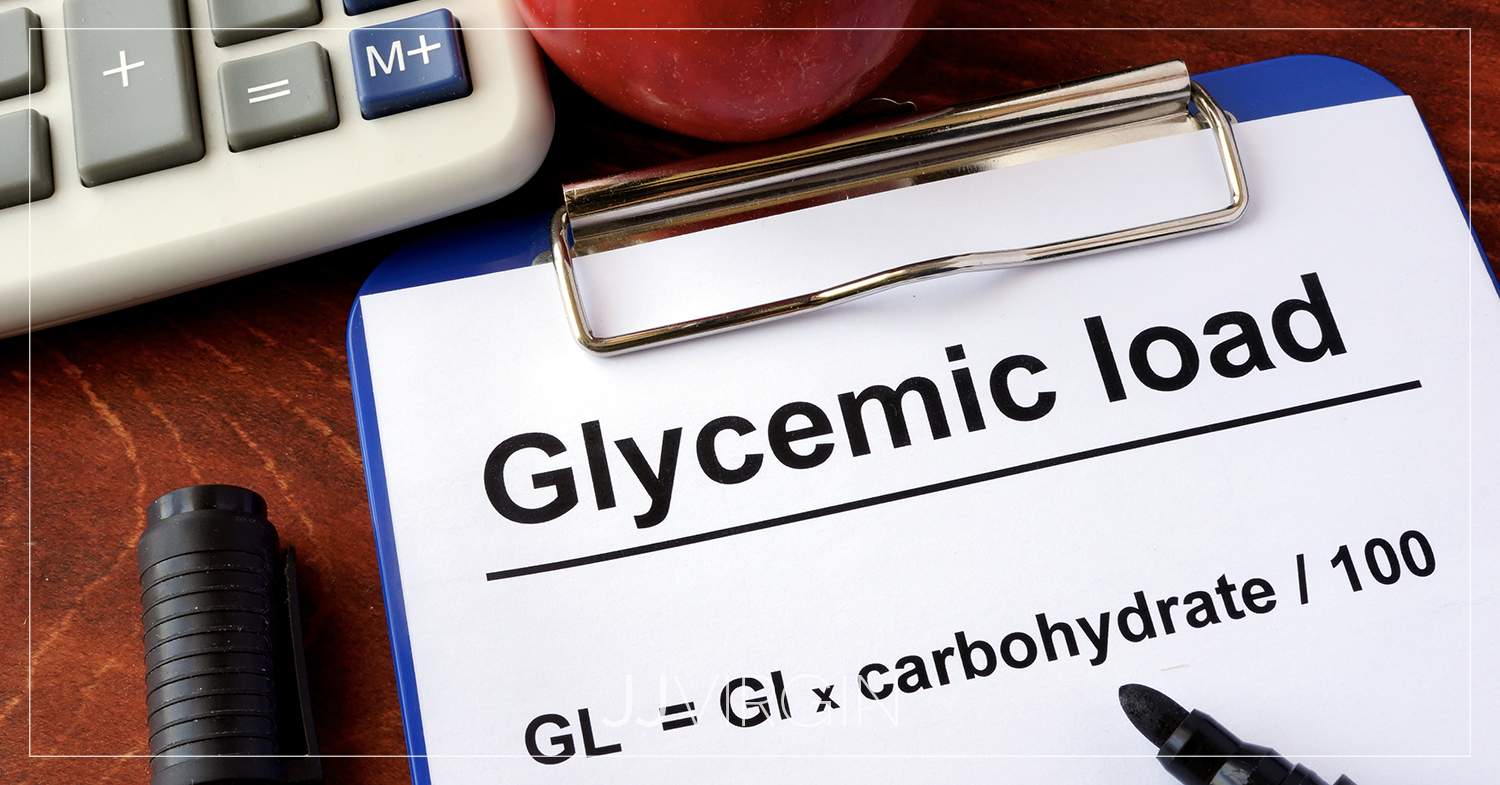 Every so often you’ll hear about a food that has a lower glycemic impact. Or your best friend might be following a low-glycemic diet her doctor put her on.
Every so often you’ll hear about a food that has a lower glycemic impact. Or your best friend might be following a low-glycemic diet her doctor put her on.
The glycemic index measures a food’s effects on blood sugar levels. Scientists assigned glucose a rating of 100, and measure all other foods accordingly.
The higher a food’s glycemic index, the more pronounced an effect it will have on your blood sugar, and the more stressful to your insulin system.
Macronutrients and the glycemic index
-
Carbohydrates (starches and sugars) have the greatest effect, particularly low-fat and/ or low-fiber foods.
-
Fat has a glycemic effect of zero. Taken with carbohydrates, fat actually blunts the glycemic index. So while a plain baked potato has a high glycemic index, a potato with butter would have a lower one.
-
Protein typically has a glycemic effect, but glucagon (insulin’s sister hormone) balances out its impact. Because your body can readily convert protein into blood sugar in the liver (via gluconeogenesis), it can raise insulin and blood sugar levels moderately, but usually in a healthy, balanced way.
-
Fiber also lowers a food’s glycemic index.
The glycemic index for fast fat loss
You want to stick with low-glycemic index carbs for fast fat loss, diabetes control, and to keep your HDL (“good”) cholesterol high. Studies show high-glycemic carbohydrates, on the other hand, lower your HDL cholesterol.
How can I determine the glycemic index for a meal?
Because you rarely eat one food in isolation, knowing a meal’s overall glycemic index would be impossible. However, choosing lower-glycemic foods can benefit people with diabetes, who want to raise their HDL, and who want fast fat loss.
Controversy
The glycemic index remains controversial. Some experts claim it offers no clinical significance, while others write entire books recommending you eat according to this rating system.
Remember, though, that the glycemic index simply provides one tool for evaluating a food.
For example, fructose has a low glycemic index, yet we know it’s the most atherogenic of all sugars and can trigger insulin resistance. Milk similarly has a low glycemic index, but can lead to insulin resistance.
In general, refined, lower-fiber, processed foods tend to be higher on the glycemic index.
What’s your one take home about the glycemic index? Eat whole, unprocessed foods.
The glycemic index vs. glycemic load
The glycemic index determines how a particular carbohydrate affects your body’s blood sugar when you consume 50 grams of it alone. More refined foods typically have a higher glycemic index. So white bread, for instance, would be higher on the glycemic index than whole grain bread (unless the whole grain bread is finely ground, which breaks down its fiber).
We rarely eat foods in isolation, nor do we eat 50 grams of a particular food. You might eat 50 grams of potato, for instance, but not 50 grams of carrots. (That would be 1-1/2 pounds of carrots!)
The glycemic load, then, provides a better understanding about how foods impact blood sugar. After all, recent research reveals the cumulative effect of this glycemic load throughout the day, not the actual glycemic index of a single meal or snack, most impacts your health.
You can determine glycemic load by multiplying the glycemic index with the amount of carbs you eat.
So let’s say a carrot has a glycemic index of 92 and 4 grams of carbohydrates so its glycmeic load is .92 X 4.
Mashed potatoes, on the other hand, have a glycemic index of 98 with 37 grams of carbohydrates, so its GL is .98 x 37.
Just like with glycemic index, you want to go for the lower glycemic load.
Confused?
If all this information proves confusing or hard to remember, simply stick with lean protein, plenty of non-starchy veggies, fibrous carbs like lentils and beans, and good fats such as coconut or olive oil.






